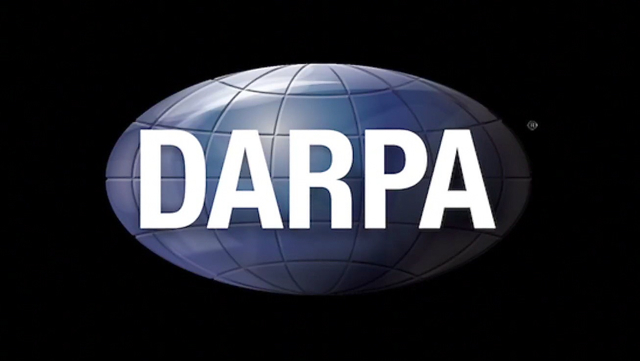DARPA’s Brandeis Project Focuses on Technologies for Privacy
September 16, 2015
At a three-day DARPA conference, the agency highlighted Brandeis, a project to develop technology with plans to protect individual privacy. The move is a 180-degree turn from the post September 11 focus on Total Information Awareness, a program that developed digital surveillance. DARPA has already selected the companies and universities joining the program, among them SRI International and Stealth Software. The meeting to kickoff Brandeis is scheduled to take place in October.
The New York Times notes that the recent event was “part of the agency’s drive in recent years to woo leading researchers and entrepreneurs to collaborate with DARPA, an effort made by DARPA head Arati Prabhakar, a trained physicist and former Silicon Valley venture capitalist.
Many companies and universities are working on privacy protecting technologies, says NYT, but “DARPA will support early stage research in areas like advanced cryptography, multiparty differential privacy and machine learning software that “can learn and predict a person’s privacy preferences.”
Brandeis program director John Launchbury, a computer scientist and cryptographer, says the program will run for four-and-a-half years, with a budget in “tens of millions of dollars.”
To those who wonder if user-set privacy limits might erode the business model of ad-based Internet companies, Launchbury states that, “It would be a matter of, You can use this data for these purposes in exchange for a set of free services,” he said. “At least then it’s a negotiation.”
The new project was named after Supreme Court Justice Louis Brandeis who, with Samuel D. Warren, co-authored “The Right to Privacy,” published in the Harvard Law Review in 1890. The paper argues that safeguarding privacy is essential to individual freedom, which at the time, was threatened by handheld Kodak cameras.


No Comments Yet
You can be the first to comment!
Sorry, comments for this entry are closed at this time.